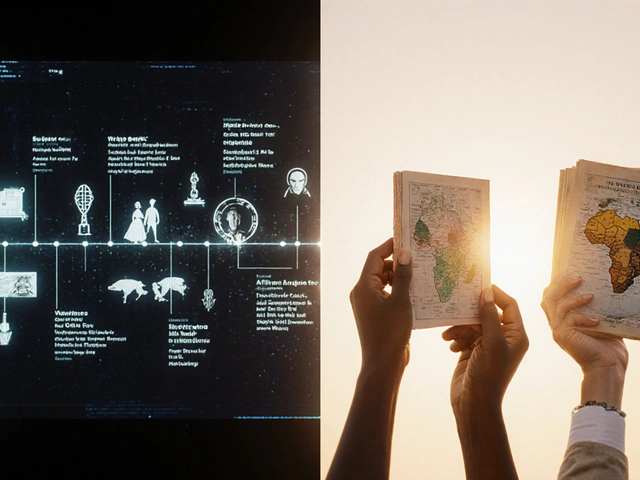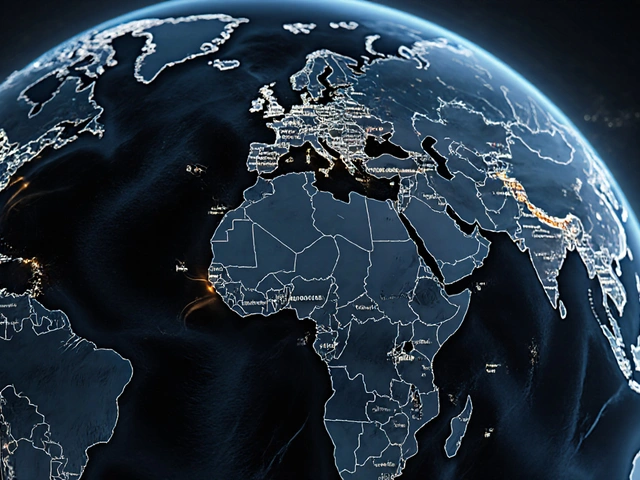Source Metadata on Wikipedia: How Citations, Licensing, and Verification Work
When you see a citation on Wikipedia, you’re not just seeing a link—you’re seeing source metadata, the structured information that tells you where a claim came from, who made it, and under what terms it can be reused. Also known as citation data, it’s the backbone of everything Wikipedia claims to be: open, verifiable, and reliable. Without it, Wikipedia would just be a collection of opinions. With it, you can trace every fact back to a book, journal, or official report. This isn’t just about attribution—it’s about accountability. Every edit that sticks has to answer: Where did you get this? And Can I check it?
Source metadata doesn’t stop at a URL or a book title. It includes CC BY-SA licensing, the legal framework that lets anyone copy, adapt, and share Wikipedia content as long as they give credit and keep it open. Also known as Creative Commons ShareAlike, this license ensures that knowledge stays free as it moves from Wikipedia into textbooks, apps, and AI training sets. Then there’s Wikidata, the structured database that links facts across languages and projects, making sure that a president’s birth date or a mountain’s elevation stays consistent whether you’re reading Wikipedia in English, Swahili, or Vietnamese. Also known as the knowledge graph, it turns scattered citations into connected, machine-readable truth. These aren’t side features—they’re the reason Wikipedia still beats AI-generated summaries that show fake citations or mix up facts because they don’t track where data came from.
Source metadata is what lets a journalist find the original study behind a claim, or a student verify that a historical date isn’t just copied from another Wikipedia page. It’s why editors reject edits that say "I read this online"—because that’s not metadata, that’s a guess. It’s why the source metadata behind a page on climate change or vaccine safety has to be rock-solid. And it’s why volunteers spend hours cleaning up citations, fixing broken links, and tagging sources as primary or secondary. This isn’t glamorous work. But without it, Wikipedia collapses.
What you’ll find below are real stories from the people who build and defend this system: how journalists use Wikipedia’s citations without falling into traps, how copyright takedowns erase years of work, how AI encyclopedias fake source lists, and how volunteers keep Wikidata running with no budget and no ads. These aren’t theory pieces—they’re field reports from the front lines of open knowledge. You’re not just reading about source metadata. You’re seeing how it actually works when the stakes are real.
How Wikipedia Uses Wikidata to Support Citations and Source Metadata
Wikipedia uses Wikidata to store structured metadata for citations, making sources more reliable, easier to verify, and automatically updatable across articles. This system helps combat misinformation and improves global knowledge accuracy.







